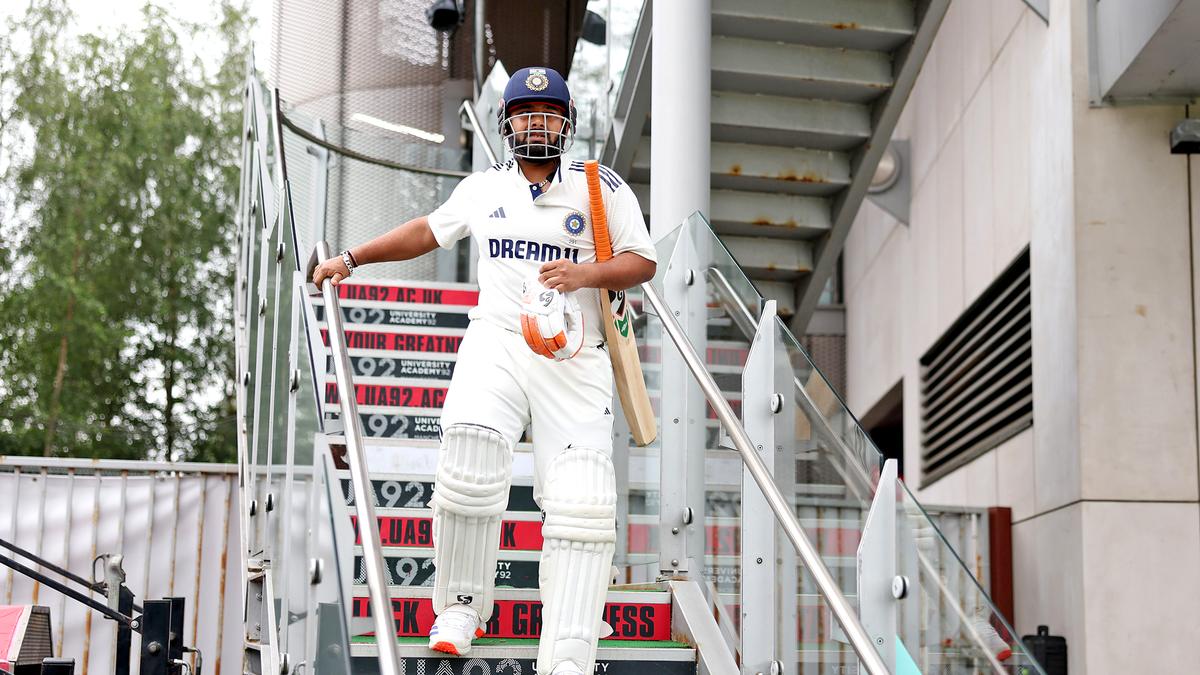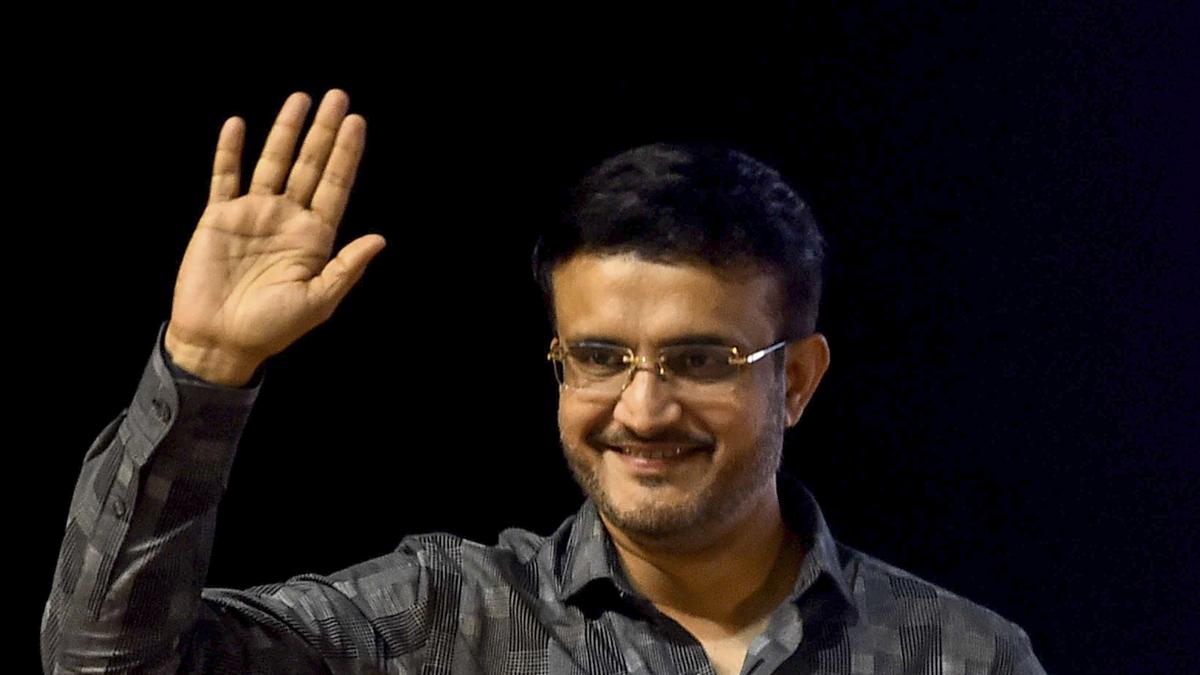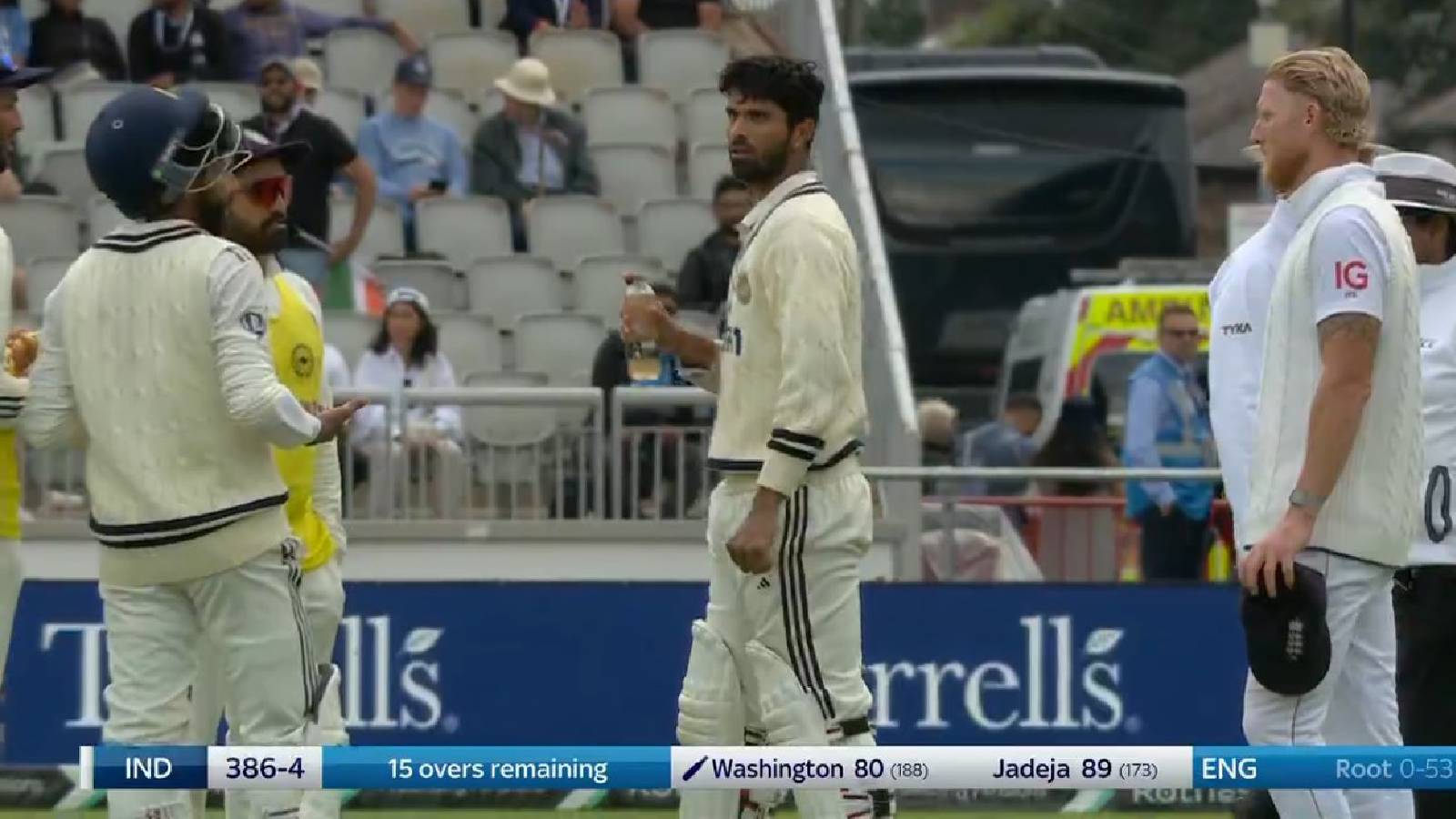How England can defeat Spain: Balls in behind, beat the counter-press and set pieces

From the opening 10 minutes of their first Euro 2025 group match against Portugal, a 5-0 victory, it felt obvious that Spain were playing football on a different level to everyone else in the tournament.No other side can boast Spain’s reliability in possession. Nobody else offers their quality of movement in the final third. And none can combine the two so well, which owes much to this team’s long-standing football philosophy, and the fact nine of their likely starting XI — and two of their regular attacking substitutes — either play for Barcelona, or did so until recently.AdvertisementWith the ball, Spain are a better side today than when they won the World Cup two years ago.“They’ve become so much more efficient in the last one and a half years,” said Belgium manager Elisabet Gunnarsdottir, after her side lost 6-2 to them in the second of three group games at these Euros. “They’re so good at making decisions around the box.“We chose to never chase the Spanish players from one corridor to another. If you do that, you end up in a bit of a s***show. Their rotation system is… I’m guessing, but I don’t think it’s planned. I think it’s understood by the players. They understand the game on a different level from many other players in this tournament, as they play together at club level.”Gunnarsdottir is perhaps Euro 2025’s most interesting manager in post-match interviews, and although Belgium were eventually thrashed by the world champions, they probably caused them more problems than anyone in their five matches so far. Twice, they recovered from going behind to draw level, and they constantly offered an attacking threat. Yes, Belgium conceded six goals, of course, but their organisation in open play was largely good: two of the six came from set pieces, and two were wonderful, almost unstoppable, goals.And therefore, in some ways, Gunnarsdottir’s approach offered a decent template for how to beat Spain.Although they’re a better side than two years ago in attack, their increased sense of purpose on the ball — and their aggressive approach when they lose it — means they give opponents more chances now. In football, often your main strength is also your weakness.In terms of Spain’s back four, England are likely to target the space behind Irene Paredes in Sunday’s final.Paredes might be the best penalty-box defender in the tournament. Her leadership skills are constantly praised by team-mates. But she has never been the quickest on the turn, and at 34 years of age, that’s more obvious than ever.AdvertisementBelgium constantly went long into that left-hand channel for Hannah Eurlings, the striker who pulled out to that side before using her speed.This hopeful ball in behind caused problems for Paredes……who looked second-favourite, but used her strength to simply barge Eurlings off the ball. It was probably shoulder-to-shoulder, but it wasn’t far away from spilling over into a foul and a red card.Having tried this ball several times, Belgium’s second equaliser came from the same type of move. Eurlings was running off right-back Ona Batlle, but Paredes didn’t have the speed to sweep up behind. Eurlings composed herself before firing home.Paredes can also be slow in getting up to play offside. Here, she was lingering behind the rest of her defence, having been ready to make a goal-line clearance, and was only just about in the right position when Belgium’s eventual cross came in.The Belgians also had the ball in the net for a third time, but VAR intervened and ruled out the goal for offside by a very small margin.In their 1-0 semi-final defeat to Spain in Zurich on Wednesday, Germany had chances to attack into that same zone on the counter.Here, when the Germans won possession in midfield with Batlle out of position, they knew exactly what to do. Left-winger Klara Buhl was sprinting forward immediately, centre-forward Giovanna Hoffmann knew she had to link play. This was what Germany had been waiting for.The problem was that Hoffman then had four touches when she might have taken two. Buhl, therefore, had to check her run to stay onside and didn’t receive the pass running at full tilt. That meant it took her wider than she would have wanted.Buhl did eventually shoot, but had allowed Paredes to recover her position, and it was a fairly comfortable save for Cata Coll. A better pass from Hoffman, and Germany may have gone ahead.The other key opportunity to catch Spain out is when they press.“You need goals if you’re going to beat them,” said Gunnarsdottir after that group-stage loss. “To do that, you need to wait for the moments where you win the ball — because you do, they always give away balls, they always do, every game, because they take risks on the ball.Advertisement“They also take risks in their counter-pressure, which means if you break the first moment of the counter-pressure, you get free: one-v-one, two-v-one, two-v-two. And if you have the speed, the power and the will, and confidence and the eagerness to score — if you have that edge — you will score. That’s why we scored today.”Again, the semi-final featured a quick break by the opposition that might have turned into something better.When Germany forced a turnover in second-half stoppage time with the tie still goalless, holding midfielder Patri Guijarro pushed forward quickly to try to win possession — as she always does — and in doing so left a big hole in front of the Spain defence.Germany worked the first part of this situation brilliantly, breaking past the first wave of pressure. Linda Dallmann played the ball onto right-winger Jule Brand, moving inside, and she, in turn, played it out to Buhl on the left.Germany ended up with a three-v-two.The pass to right-back Carlotta Wamser wasn’t the best, and her eventual shot was miscued over the crossbar, but the basics of the move were right.Here’s another good example, from Spain’s 3-1 win over Italy in their final group game. Guijarro, unusually, gives the ball away, playing it straight to Sofia Cantore.And again, the aggression of Spain’s counter-press creates an opportunity. Look at the positions of Guijarro and Alexia Putellas, the two midfielders, when they realise possession has been lost……and then, a couple of seconds later, both are trying to surround the player on the ball. Cantore is skilled enough to shimmy away from their challenges……initiate a one-two with Manuela Giugliano……and get onto the return pass.Eventually, Cantore crosses for a good headed chance that Barbara Bonansea probably should have done better with.And this all came about from beating Spain’s counter-press, which can be hugely effective, but also can create space for opponents.Another notable feature of Spain’s counter-press is how readily they make fouls after they lose the ball, to stop breaks developing.Here, again in their semi against Germany, Esther Gonzalez conceded possession with a heavy touch and then immediately tugged Brand back to stop her from counter-attacking.Gonzalez was booked for this incident, but other referees have been more lenient. England need to make a point to the referee tonight if denied counter-attacking opportunities because of Spanish fouls.Finally, set pieces could be key.Spain are not a naturally tall side, and conceded from a header at a corner against Belgium. Their main approach when defending corners is keeping Paredes, who remains superb in the air, free from marking duties in order to position herself in the middle of their six-yard box and head clear absolutely anything that comes in her direction.Germany eventually sussed this out and decided to use Dallmann in a blocking role, preventing Paredes from coming forward to head the ball.Granted, without Millie Bright and Rachel Daly from their previous tournament sides, England aren’t overwhelmingly powerful in the air either. Esme Morgan and Alessia Russo do offer aerial threat, but this side’s tried-and-tested approach at corners is sending in a deep ball for Lucy Bronze to attack at the far post.AdvertisementConsidering so many Spain players played with Bronze at Barcelona from 2022 to last summer, they’ll be fully aware of this, although stopping a deep cross and a late run is often difficult.In basic terms, England shouldn’t be capable of beating Spain in this final. Sarina Wiegman’s team don’t have the technical quality of their individuals, and they don’t have the same level of cohesion. But Spain, by virtue of their own style, do give the opposition chances.England might only get, say, three moments — perhaps one from a ball in behind, one after beating the counter-press, and one from a set piece. They will be under pressure for long periods in the match, but must make those moments count.This is European football’s biggest international game of 2025. Its biggest club fixture of 2025 featured Renee Slegers’ Arsenal winning 1-0 against Barcelona in May’s Champions League final — an English side recording a surprise victory over Spanish opposition thanks to the tactical plan of a Dutch manager.It can be done.(Top photos: Getty Images)










